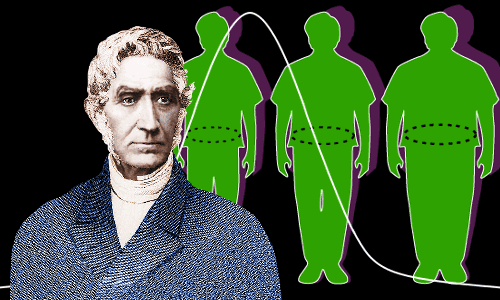3. Normality of Error Terms
- We need to consider that our Error Term is normally distributed.
- We only need Normal Distribution while making Statistical Inferences.
- T-tests and F-tests work because we have assumed normality.
- If Error Term isn't normally distributed then we can use Central Limit Theorem.
2
25 reads
CURATED FROM
IDEAS CURATED BY
These are some of the Assumptions to be pondered while Applying Ordinary Least Square Method and Performing Regression Analysis.
“
Similar ideas to 3. Normality of Error Terms
Adolphe Quételet's Estimations
Quételet, the mathematician turned astronomer who was performing social physics miracles as the central figure of Belgium science, got better in his game by learning probability theory and making use of his polymath brain. His work included estimations and calculations using the available data an...
Read & Learn
20x Faster
without
deepstash
with
deepstash
with
deepstash
Personalized microlearning
—
100+ Learning Journeys
—
Access to 200,000+ ideas
—
Access to the mobile app
—
Unlimited idea saving
—
—
Unlimited history
—
—
Unlimited listening to ideas
—
—
Downloading & offline access
—
—
Supercharge your mind with one idea per day
Enter your email and spend 1 minute every day to learn something new.
I agree to receive email updates

